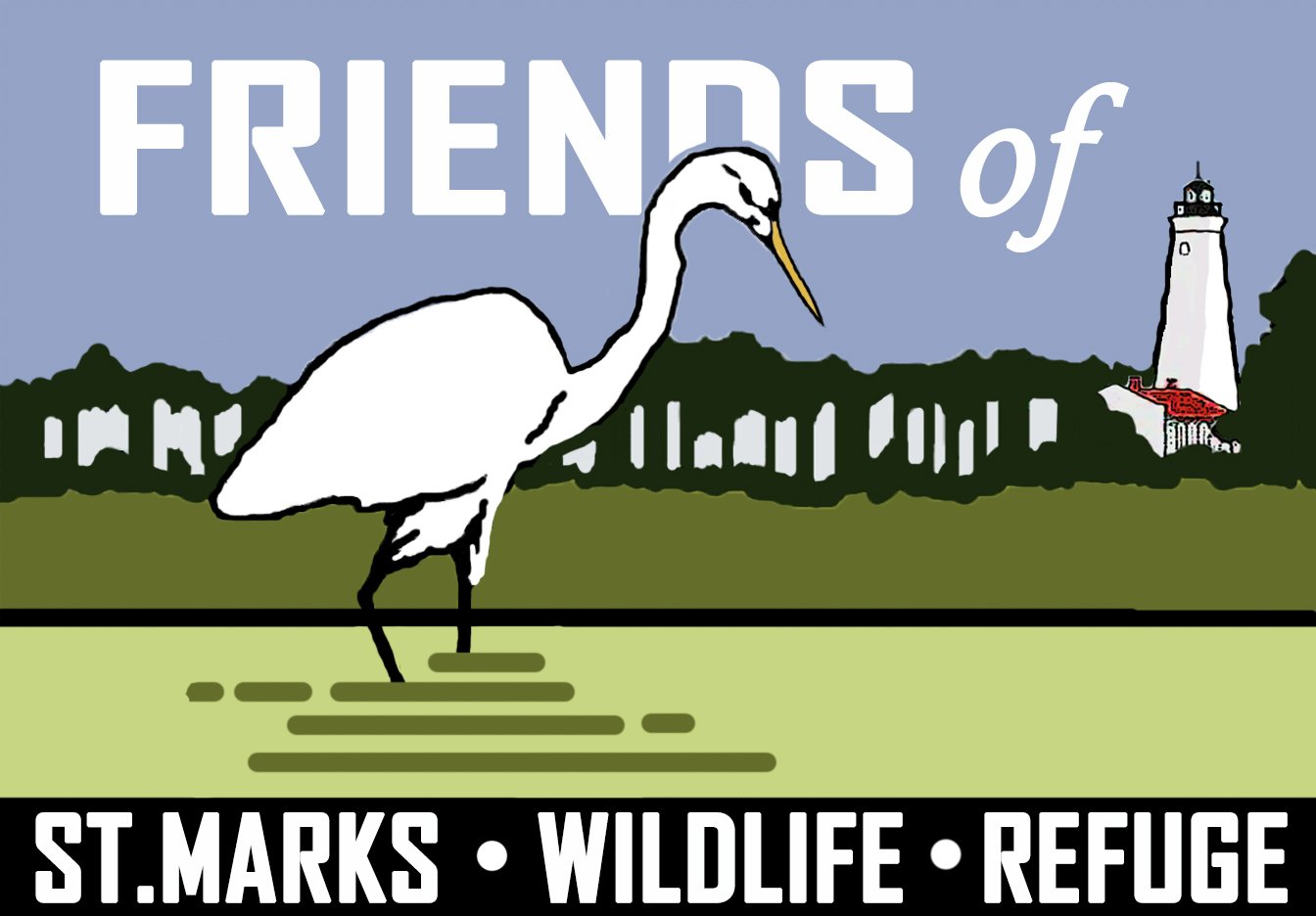The calendar shows that we are a month past the winter solstice, but winter at St. Marks is inconstant and episodic. It comes in waves following frontal passages. Last week I was crunching through frost, as I walked along the levees at first light. Today it will be in the upper seventies. This is an odd winter down here along the Gulf coast. Winter duck numbers are lower than I have seen in my forty years of birding the refuge. We have only a third of the ducks that should be here in January.
North American duck populations show long-term increases and decreases over time due to factors such as local weather conditions during the breeding season. We are currently at a low ebb duck numbers. Some species, like Mallards are down; others like Gadwall are up. While this likely has some minor effect on refuge numbers, other factors are responsible for the current dearth of ducks.
Ducks are notorious weather migrants, whose migratory behavior is strongly influenced by local weather conditions. Unseasonable warm weather in the North earlier in the Fall led to ice-free conditions. Mid latitude waterfowl surveys in December showed that many ducks just did not migrate and this has depressed wintering duck populations across the South. Adding to this, high water levels on the refuge’s interior ponds from December’s historically heavy rains have scattered the dabbling ducks that were just beginning to arrive.
Most of the more common wintering ducks on the refuge’s interior ponds, are dabblers, plant-eating ducks like teal, pintail, and Mallard. High water levels prevent them from reaching submerged vegetation. Dabbling duck species on the interior ponds show the sharpest declines from seasonal norms at St. Marks. There are only a small fraction of the Green-winged Teal that should be here. They are usually the most common duck in January. Northern Pintail and Mallard are mostly absent. However, survey numbers are also down for critter-eating diving duck species like scaup, Bufflehead and Common Goldeneye. They swim after their prey and are not affected by high water levels.
The severe winter storms in mid-January have pushed a handful of Mallards, Northern Pintails, and a few American Black Ducks down, but it is late in the season and by February, ducks begin to move North in stages on their way back to their breeding grounds. This duck season does not have time to recover from the combined effects of delayed migration and high pool levels. The current duck population levels at the refuge are probably as high as they are going to get.
Winter is one of my favorite seasons at the refuge, but along the Gulf coast, it is short and fleeting. Already maples have begun to bloom, Red-shouldered Hawks are calling to stake their territories and it is time to begin watching for the first early migrants, Purple Martins and Northern Parulas.
There’s more to winter at the refuge than ducks. Come down and see.

